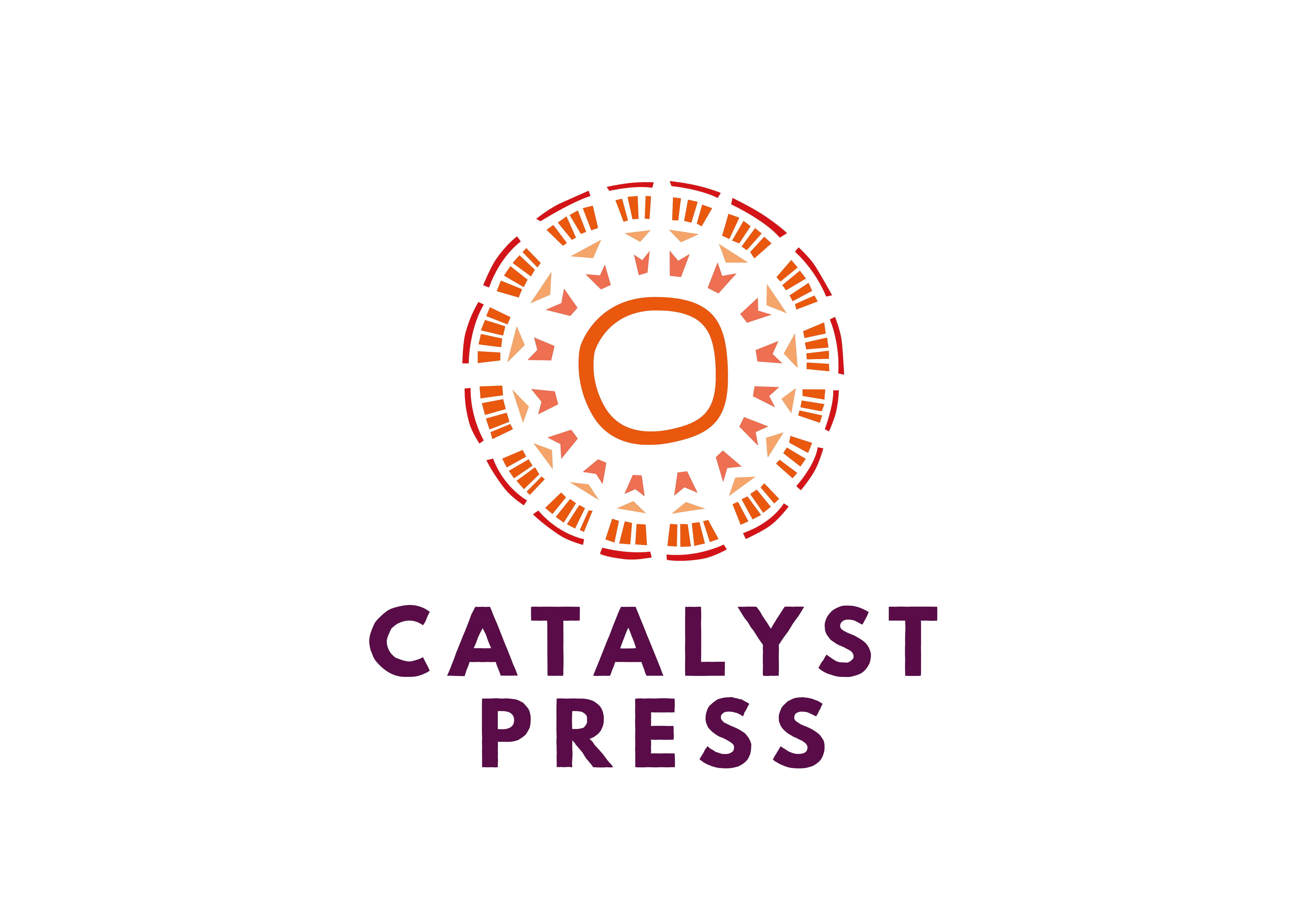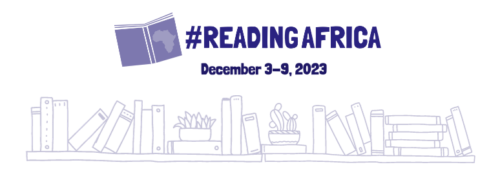Since we had an unofficial theme of borders this year, we asked writers to share some of their thoughts about borders, displacement, migration, and art. It’s no small task to write a short statement about something so huge, but they were up to the task.
We sprinkled a few of those statements throughout our posts, but wanted to put them all in one place. These are brilliant thinkers and writers, so be sure to support them!
“Borders delineate power, and territorial wars have marked Ethiopia’s history. Italians tried twice to colonize , sandwiched as the country was between Italian Eritrea and Italian Somalia. After fascist dictator Mussolini invaded, he erased the borders between the three countries, and declared a new country: Italian East Africa.
When the war ended, Allied powers broke the three countries up again and federated Eritrea and Ethiopia. But that set in motion a vicious liberation struggle. Eventually, a new Ethiopian constitution gave each state the power of self-determination, up to and including secession. Eritrea promptly seceded. But the two countries disputed a rocky triangle on their border and went to war with each other again.
Around that same time, in what now looks like the wind that created a whirlwind, Ethiopia was internally re-districted along ethnic lines. This has created border disputes throughout the country and has pitted Ethiopians against each other. Even the borders of Addis Ababa are now being disputed in riots by farmers and ethnic radicals in the neighboring state.
Invasions and disputed borders have led to death and war throughout Ethiopia’s history. And the end of her story is not yet written.” —Caroline Kurtz, author A Road Called Down on Both Sides and Today is Tomorrow
“National borders are designed to do a number of things in our Southern African region. Not only do they limit our freedom, they split the bond of a brother and sister, stopping us from spreading love through our cultures. Artists have been, for a long time used their talents to eliminate this disconnection through music, theatre, and writing. As a writer, I lean on words to communicate with all humankind. And positive words are those that remind us that we are one, despite the colour of our skins. Our lovely artist, Lucky Dube sang a song: Different Colours, One People.” —Tsitsi Mapepa, author Ndima Ndima
“Storytelling is a constant reminder that borders are merely arbitrary constructs meant to perpetuate separation and otherness. At the core of it all, there is a shared human experience that drives narratives around the world. It is always such a thrill to know that no matter where a reader is from, they can pick up my writing and see a piece of themselves in it. As a writer, my ultimate goal is to have the reader identify with my characters’ triumphs and shortcomings regardless of tribe, race or nationality.” —Aba Amissah Asibon, contributor Captive: New Short Fiction from Africa
“They say Africa’s internal borders are the straightest you will find on a continental map. Apportioned in a beeline manner in a land grab by those whose interest in the dark continent did not extend to its people. A Western European feast in Berlin that bisected families, clans and villages and rendered them strangers to one other. The aim to distort, estrange and control. Why? Even now, freed, we let these structures stand in our geography and in our imagination – a testament to how we have been turned against the ties that bind our hearts together to lean on the crutches that restrain our bodies and minds, for we must ideate one way or the other.
But when, awoken, I write and you read, and you write and I read, we gain enlightenment of our commonality and realise that we are all descendants of one undulating civilisation. Thus our shackles of oppression may fall away one mind at a time. So, my compatriot, write Africa, and read it even more. Let our imagination and hearts wander free to places that are truly ours, unrestricted by artificial structures, for have not our gatekeepers kept us apart for long enough?” —Sola Njoku, contributor Captive: New Short Fiction from Africa
“The border between Somalia and Kenya, like many borders around the world, was drawn based on colonial legacies, without considering the lived experiences and realities of the people affected. As a Pan-Africanist and former refugee who crossed the Kenyan border while fleeing from the civil war in Somalia, I hold a personal view that the borders represent significant challenges, separation from loved ones, and hindrances to seeking safety and better opportunities. I believe it is crucial to acknowledge the human aspect of borders and work towards solidarity and creating more compassionate policies that recognize the plight of refugees and displaced communities.” —Sahra Noor, entrepreneur and writer
“The effect of deleterious border delineations shows its hideous face on how the most homogeneous nation in the continent of Africa (Somalia) was ripped apart. The European delineation sword sawed the ethnic Somalis–who primarily speak one language (Somali), have one religion (Sunni Muslims), and are one race (black)–into five bits: British Somaliland with Britain; Italian Somaliland with Italy; French Somaliland (now Djibouti) with France; Ugaden region (Somalis) with Ethiopia and Northern Frontier (NFD, Somalis) with Kenya.
Riding on the wind of freedom that swept the continent of Africa, Italian Somaliland and British Somaliland defied the odds and in 1960 became the Somali republic.
In 1977, Somalia invaded Ethiopia to extract the Ogaden region but in the end lost the war. The wound it sustained continued to fester wider and wider, breeding a civil war. Consequently, using the colonial name (Somaliland) as well as the border delineation for proof of statehood, in 1991 the former British Somaliland declared unilateral secession from the former Italian Somaliland. In other words, the poisonous delineation seed sown by the Europeans burst into the open. We Somalis are still bleeding because of it. ” —Ahmed Ismail Yusuf, author The Lion’s Binding Oath
“I grew up on the U.S.-Mexican border. During certain seasons, we would see migrant workers passing our house almost daily on their way to farms in southern New Mexico. This was also a time when refugees were fleeing the war in El Salvador, but the U.S. would not recognize their claims for asylum. In so many ways, little has changed. Today, refugees from all over South and Central America–not to mention from the Caribbean and Asian and African countries–end up here. This is the epicenter of the U.S. immigration crisis. I don’t know the solution but I’m pretty sure none of our politicians know the solution either. What I do know is that the people of El Paso continue to give of our time, money, and resources in crisis after crisis. I love my city and the people here, because of the endless compassion and the willingness to do what is necessary, even when our government fails us.”— Jessica Powers, Catalyst Press founder/publisher
“As an American, when I hear someone talk about borders, or refugees, or migrant workers, I think the US-Mexico border. But having lived in South Africa for five years, the identifiers “refugee” and “migrant” have taken on new meaning for me. Now, those words represent the Zimbabweans, the Malawians, the Congolese, and others who have risked so much to cross borders in search of an economic future. Countless South Africans I know employ immigrants in their companies and in their homes, many of whom don’t have legal papers yet have lived here for ten, twenty, thirty years, rarely with the opportunity to visit their country of origin. Does that make South Africa their home? Some would argue no. Then again, look to the political parties making headway here who want to expel all whites from South Africa—who argue that because white South Africans are descended from colonizers, this cannot be their home, either. But would they be expected to call Europe home, so many generations removed? Some of my friends here have never even been to Europe. Their roots run deep in South African soil.
So whose home is this, really? It’s not a simple question to answer, and I don’t envy the policymakers trying to decide. But what is apparent to me is that South Africa’s multiculturalism is its boon, its tapestry of cultures and colors and languages creating a rich creative and professional industry from which we all benefit. This country’s true beauty isn’t in its coastline or mountain passes, its flora or fauna; the beauty is in its people, no matter where they hail from.”—SarahBelle Selig, head of Catalyst Press’s South African Office



